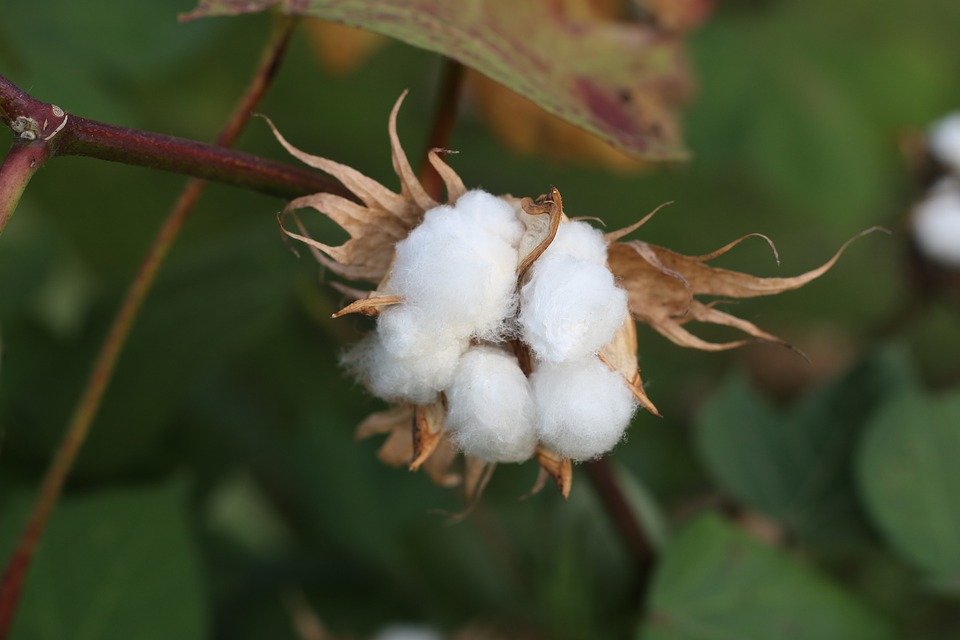AIR MESH/SPACER FABRIC

Spacer fabric is a three-dimensional knitted fabric consisting of two separate knitted substrates, which are joined together or kept apart by spacer yarns. First layer – hydrophilic nature Second layer – hydroscopic nature Spacer layer – mono or multi filament This three dimensional fabric is comprised of an initial layer for moisture release, an interior layer for air flow, and a third outer layer for heat dissipation. According to the end uses, the spacer ends of monofilaments may be polyester, polyamide or polypropylene. These fabrics are designed for airflow and cushioning The middle to create two separate fabrics (spacer fabrics) are essentially pile fabrics that have not been cut consisting of two layers of fabric separated by yarns at a 90 degree angle. Spacer fabrics (3D fabrics) are produced through knitting and weaving technologies; among these technologies knitting is the most common manufacturing process for the production of spacer fabrics. There are two...
